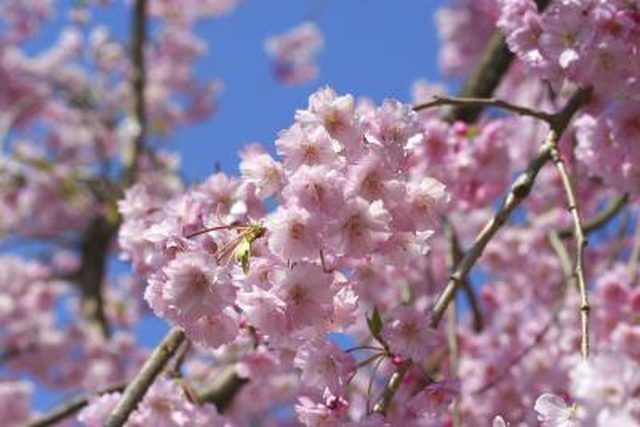Bulbs
Flower Basics
Flower Beds & Specialty Gardens
Flower Garden
Garden Furniture
Garden Gnomes
Garden Seeds
Garden Sheds
Garden Statues
Garden Tools & Supplies
Gardening Basics
Green & Organic
Groundcovers & Vines
Growing Annuals
Growing Basil
Growing Beans
Growing Berries
Growing Blueberries
Growing Cactus
Growing Corn
Growing Cotton
Growing Edibles
Growing Flowers
Growing Garlic
Growing Grapes
Growing Grass
Growing Herbs
Growing Jasmine
Growing Mint
Growing Mushrooms
Orchids
Growing Peanuts
Growing Perennials
Growing Plants
Growing Rosemary
Growing Roses
Growing Strawberries
Growing Sunflowers
Growing Thyme
Growing Tomatoes
Growing Tulips
Growing Vegetables
Herb Basics
Herb Garden
Indoor Growing
Landscaping Basics
Landscaping Patios
Landscaping Plants
Landscaping Shrubs
Landscaping Trees
Landscaping Walks & Pathways
Lawn Basics
Lawn Maintenance
Lawn Mowers
Lawn Ornaments
Lawn Planting
Lawn Tools
Outdoor Growing
Overall Landscape Planning
Pests, Weeds & Problems
Plant Basics
Rock Garden
Rose Garden
Shrubs
Soil
Specialty Gardens
Trees
Vegetable Garden
Yard Maintenance
Weeping Cherry Tree Disease
Weeping Cherry Tree Disease. Weeping cherry trees are attractive trees that blossom in spring. They are susceptible to a number of diseases and pests that can ruin their appearances or even kill them, so they require some special knowledge and care. The most varied are types of fungus and fungal infections. Weeping cherry trees are also known to...
Weeping cherry trees are attractive trees that blossom in spring. They are susceptible to a number of diseases and pests that can ruin their appearances or even kill them, so they require some special knowledge and care. The most varied are types of fungus and fungal infections. Weeping cherry trees are also known to get several forms of bacteria and viruses that commonly attack fruit trees.
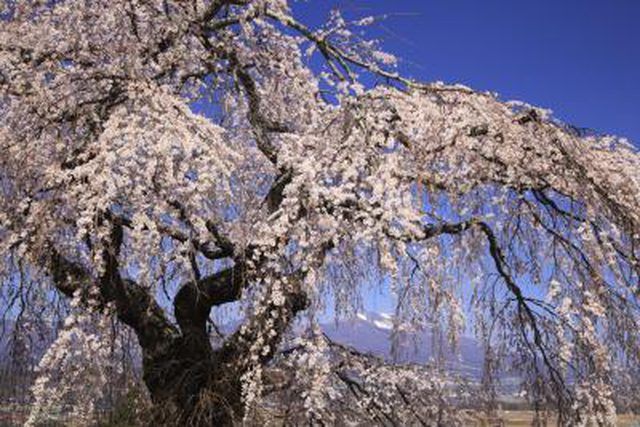
Weeping cherry trees can grow in zones 5 to 8, which includes most of the continental U.S., except northern parts of New York and the New England States, Montana, North and South Dakota, Minnesota, most of Wyoming and Wisconsin, and parts of Colorado, Iowa, Idaho and Michigan. The hottest parts of Florida, Louisiana, Texas, Arizona and California are also excluded.
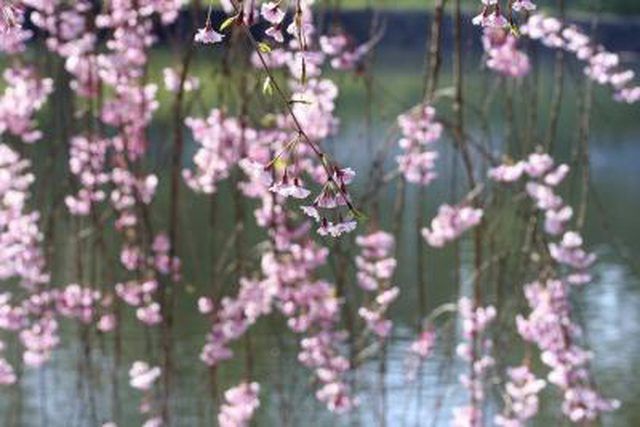
The best way to identify disease is to be familiar with the healthy appearance of the plant in all seasons. Spots on the leaves, twigs or trunk can indicate a disease, as can discoloration of any part of the plant. Curled leaves, or leaves that are dropping out of season, also shows there is something wrong. If you are unsure and need help, consult a photographic index of plant disease such as the one at the Kearneysville Tree Fruit Research and Education Center's website.

Bacteria can cause a canker on the trunks of weeping cherry trees. The canker often has gum dripping from it in spring and summer, and can be accompanied by spots on the leaves. Weeping cherry trees can also get a virus known as the cherry leafroll virus. This can delay the appearance of flowers and cause fruit that is small, light in color and doesn't ripen regularly. This virus can result in fruit that is unusable.
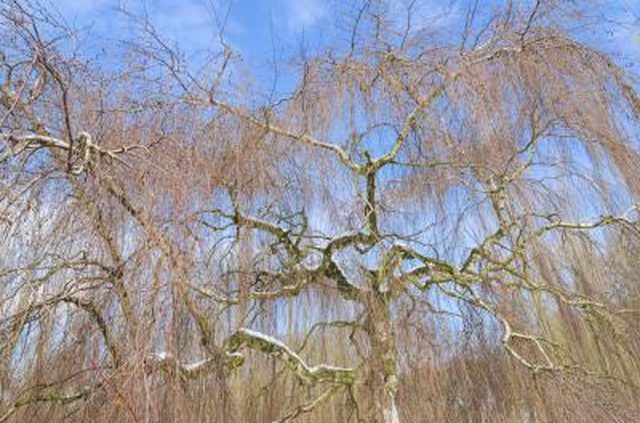
Fungal infections that affect weeping cherry trees are many. Black knot results in a dark growth on the bark and other parts of the wood. Silver leaf fungus makes the leaves turn a silver color. Powdery mildew is another fungal disease that leaves white patches on the leaves and twigs and can cause leaves to drop out of season. Cherry leaf spot is a fungal disease that is common in humid areas, causing dark spots to develop on the leaves. It can also cause spotty yellowing of the leaves, and premature leaf loss. One other form of fungus is brown rot, which causes the fruit to rot as well as affecting branches and flowers.
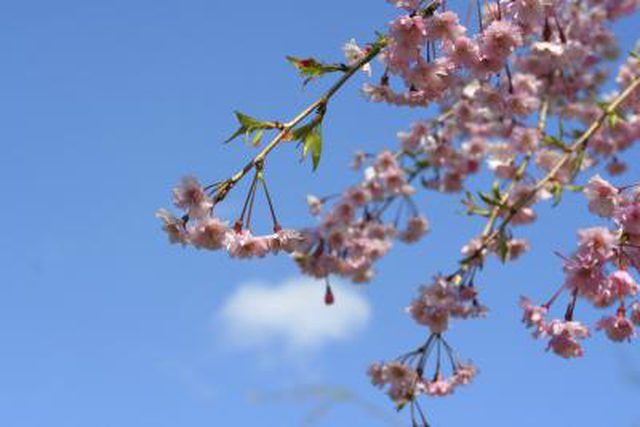
Bacteria and fungi can often be treated by pruning affected parts of the tree. Fungal infections should also be treated with fungicide. Be careful to rake up and remove any parts of the plant that have dropped off, because they can still contain spores that can reinfect the plant or others nearby. The best way to get rid of the parts you've pruned off or raked up is to burn them to ensure the spores and fungi are killed. Viruses often result in the death of the plant and are best treated by removing the entire plant to prevent infection in other nearby plants. Use planting material that is tested to make sure it is virus-free to prevent viruses.
